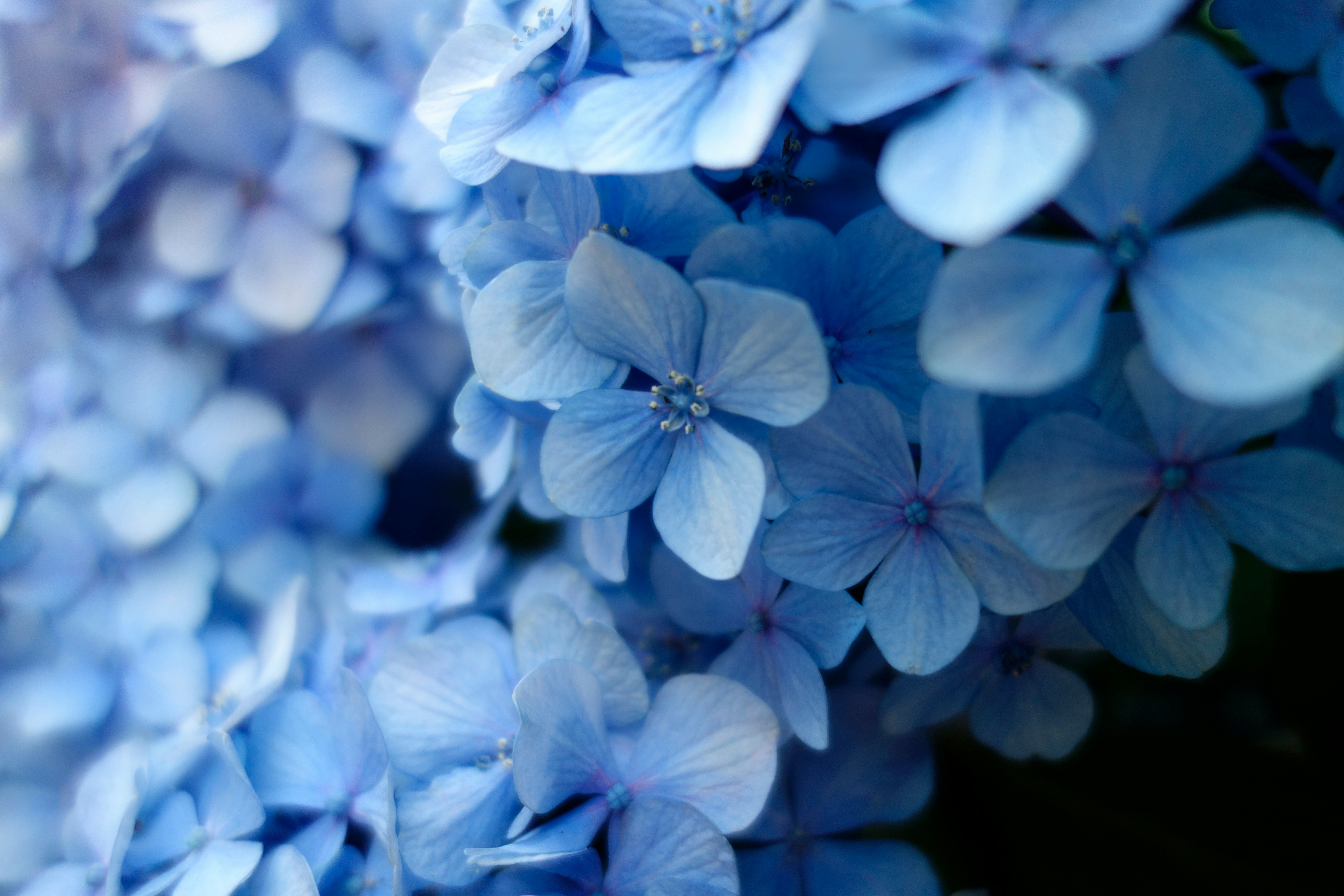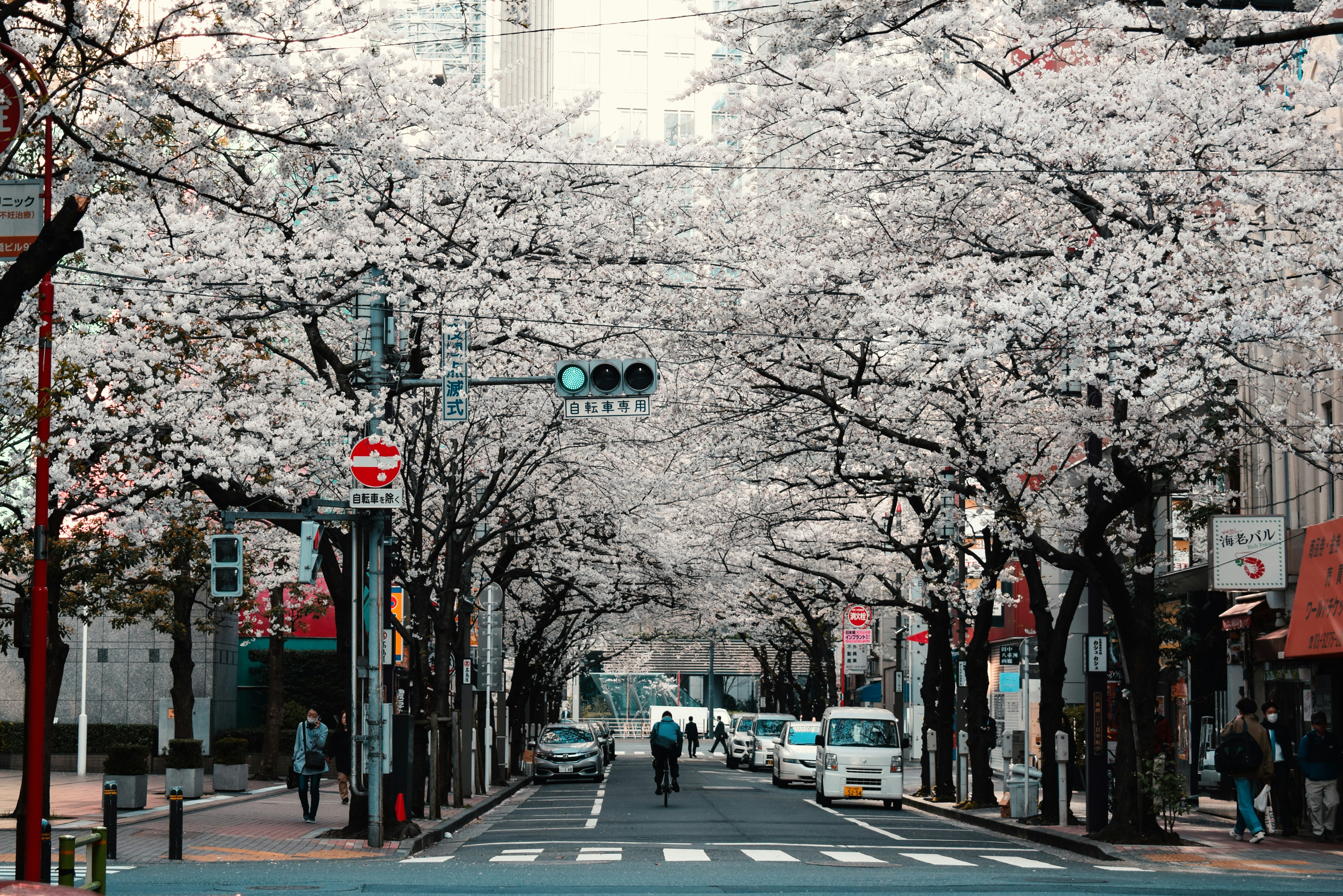Once upon a time, in a world not so far away, the art of disseminating information was a complex process that required expertise, precision, and an in-depth understanding of the target audience. Fast forward to the present day, and the game has changed drastically. The advent of Artificial Intelligence (AI) and Machine Learning algorithms has revolutionized the way we create, learn, and most importantly, share information.
Within this fascinating world of AI and information dissemination lies a new method that has captured the attention of industry experts and enthusiasts alike - LayerDiffusion.
So, what exactly is LayerDiffusion, and how does it contribute to the realm of information spreading? Let's delve a little deeper!
Interested in the latest AI News? Want to test out the latest AI Models in One Place?
Visit Anakin AI, where you can build AI Apps with ANY AI Model, using a No Code App Builder!

What is LayerDiffusion?
Introduced by ControlNet, LayerDiffusion is a innovative method that enables the generation of transparent images using large-scale pre-trained Latent Diffusion Models. Unlike traditional methods, LayerDiffusion is not primarily about image cropping; instead, it is designed to generate high-quality images, ensuring every detail is captured precisely.
To put it simply, imagine you've been given an art prompt, and you need to generate an image. Not only does LayerDiffusion assist in creating a complete image that matches the prompt, but it also separates the background and the subject, creating multiple transparent layers (PNG). It's like having a skilled artist at your disposal who not only paints your picture but also intelligently segregates it into various layers, each holding distinct information.
Why is LayerDiffusion Important?
The importance of LayerDiffusion lies in its ability to enhance the process of information spreading, particularly in fields like animation and video production.
- Animation and Video Production: In these industries, maintaining Stable Diffusion (SD) consistency is vital. By generating high-quality images and segregating them into different layers, LayerDiffusion ensures that the final output, be it an animation or a video, is consistent and of supreme quality.
How does LayerDiffusion Work?
You might be thinking, "Well, this sounds impressive, but how does it all work?" It's a valid question. The technicalities behind LayerDiffusion involve a process that's as fascinating as it is effective.
LayerDiffusion works by adding a carefully designed small perturbation (offset) to the latent image. This offset is then encoded as an additional channel along with the RGB channels to create the complete latent image.
Two independent neural network models are at play here:
Latent Transparency Encoder: This model converts transparency information into an offset in the latent space. In other words, it takes the information about which parts of the image should be transparent and uses it to adjust the latent image.
Latent Transparency Decoder: This model extracts transparency information from the adjusted latent image to reconstruct the original transparent image. Essentially, it takes the adjusted latent image and uses it to recreate the original image, complete with its designated transparent areas.
During the training phase, these two models are optimized using a joint loss function. This function comprises three components:
- Reconstruction Loss: Ensures that the decoded image is as similar as possible to the original image.
- Identity Loss: Maintains the identity of the original image even after the decoding process.
- Discriminator Loss: Discriminates between the original and the decoded image to optimize the process.
LayerDiffusion is a fascinating blend of AI and image processing. But what sets it apart is its commitment to maintaining Stable Diffusion Consistency.

How Does LayerDiffusion Ensure Stable Diffusion Consistency?
Consider a platform like Netflix or Hulu. The cartoons and animations we binge-watch during the weekends or the graphics-enriched video games that we play, are all reliant on one crucial aspect: consistency. This concept, known as Stable Diffusion Consistency (SDC), is paramount in maintaining the quality of output in animation and similar fields.
Poorly maintained SDC could turn your favorite character into a nightmarish figure. Imagine watching a classic Disney movie, where suddenly Aladdin's carpet changes colors randomly or Elsa's castle in Frozen shifts shapes unpredictably. A lack of consistency would disrupt our viewing experience. Now you can visualize the importance of SDC in High Dynamic Range (HDR) videos and animations.
LayerDiffusion, being distinctly designed with a focus on spotting and correcting inconsistencies, turns out to be an effective tool in maintaining SDC. It diligently separates the background and the subject into different layers, thereby isolating variabilities and inconsistencies. This way, any required modifications can be applied without affecting other parts of the image, guaranteeing a rich and stable viewing experience.
What are the Applications of LayerDiffusion?
LayerDiffusion, with its innovative approach, has the potential to revolutionize a plethora of sectors:
Computer Vision: LayerDiffusion can dramatically advance the field of Computer Vision because it can separate objects, backgrounds and subjects in an image, making image processing incredibly efficient.
Animation: Animation studios can deliver high-quality and efficient outputs, thereby enhancing entertainment experiences.
Autonomous vehicles and drones: Cameras in autonomous vehicles and drones could integrate LayerDiffusion to segregate objects from their backgrounds for improved safety and efficiency.
- Augmented Reality (AR) and Virtual Reality (VR): With LayerDiffusion’s ability to generate high quality, layered images and maintain their consistency, it can be extremely useful in these industries where highly detailed and accurate image rendering is vital.
In current research, ControlNet has demonstrated the ability of LayerDiffusion to generate anime characters, animals, and even human portraits from an entirely different art prompt. This showcases LayerDiffusion's impressive capabilities and potential applications across various sectors.
Visit Layer Diffusion's GitHub page to Learn More!
Conclusion
The advent of LayerDiffusion is like witnessing a fascinating new chapter in the chronicles of AI and information dissemination. By adopting this sophisticated method, industries can ensure there are no more instances of seeing "Magic carpets" that change colors or "Ice Castles" that vary in shape. Instead, the animations and videos that are part of our daily entertainment will only become more real, consistent, and enjoyable.
This potential is exciting and equally promising. As we look forward to seeing the reverberating influence of LayerDiffusion in industries like animation, computer vision, autonomous vehicles, and others, one truth becomes clear. This innovation is set to change the game - one transparent layer at a time!
Interested in the latest AI News? Want to test out the latest AI Models in One Place?
Visit Anakin AI, where you can build AI Apps with ANY AI Model, using a No Code App Builder!




